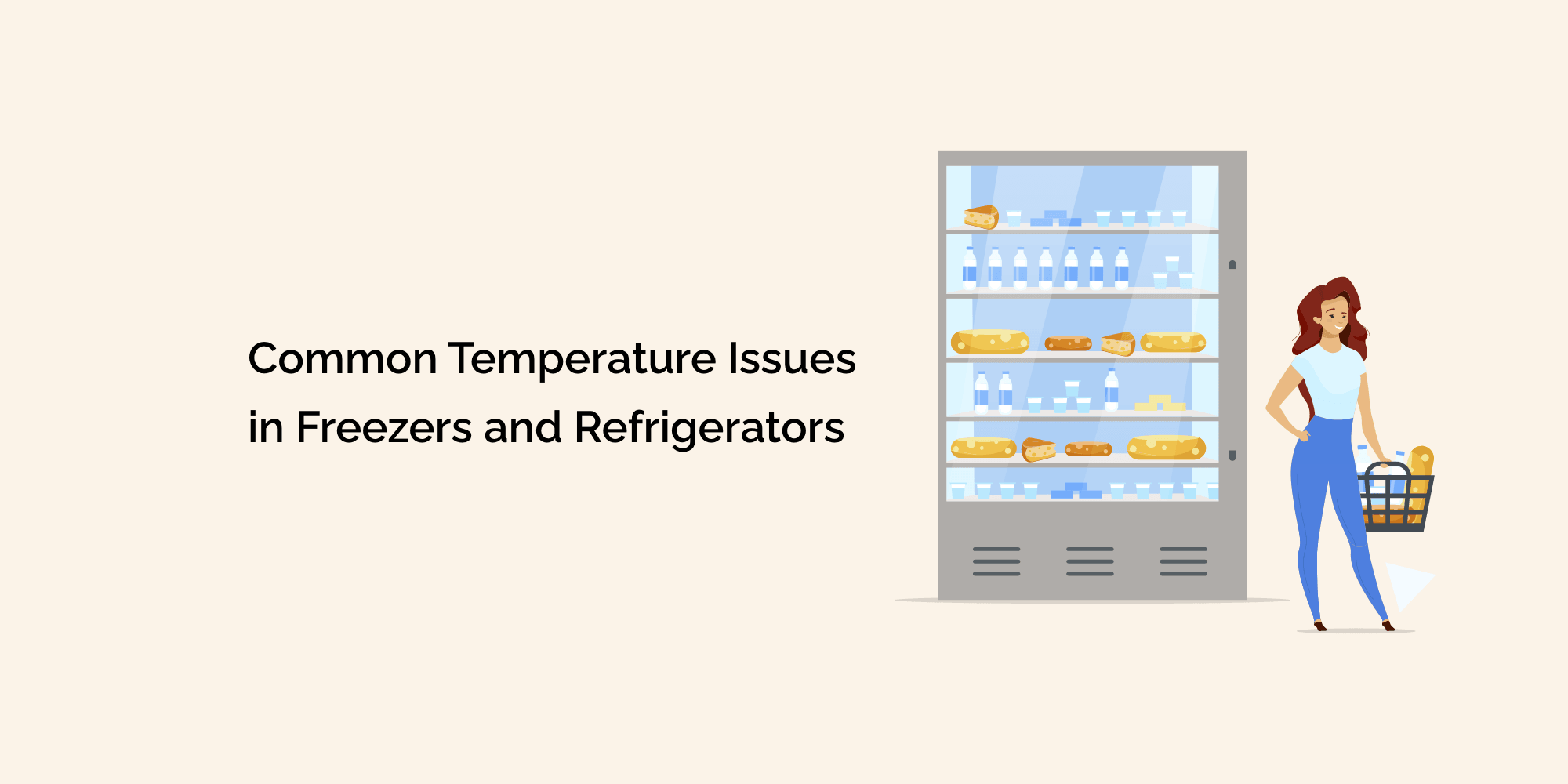Maintaining proper temperature conditions in freezers and refrigerators is essential for preserving the quality, freshness, and safety of perishable items. However, these storage units can experience various temperature issues that can compromise product integrity and pose health risks.
In this comprehensive guide, we will explore the common temperature issues encountered in freezers and refrigerators, with a focus on how the TempCube temperature monitoring system can help mitigate these challenges.
By understanding these temperature issues and implementing effective monitoring solutions, businesses can safeguard their inventory and ensure optimal storage conditions.
Temperature Fluctuations
Temperature fluctuations are one of the most common issues in freezers and refrigerators. Factors such as door openings, improper loading, and equipment malfunctions can cause temperature swings.
Fluctuations can lead to accelerated bacterial growth, reduced shelf life, and compromised product quality. The TempCube temperature monitoring system provides real-time temperature tracking, allowing businesses to detect and address temperature fluctuations promptly.
Hot Spots and Cold Spots
Uneven temperature distribution within freezers and refrigerators can result in hot spots and cold spots. These localized temperature variations can affect the quality and safety of stored items. Hot spots can accelerate spoilage, while cold spots may cause freezing damage.
The TempCube temperature monitoring system enables businesses to strategically place temperature sensors, ensuring comprehensive coverage and identifying hot spots or cold spots for remedial action.
Defrost Cycle Issues
Freezers often undergo defrost cycles to prevent frost buildup. However, improper defrost cycles can lead to temperature fluctuations and affect the overall temperature stability. If the defrost cycle is too frequent or too long, it can disrupt the desired temperature range.
The TempCube system allows businesses to monitor defrost cycles and identify any issues that may impact temperature stability, enabling adjustments and corrective measures as needed.
Door Seal Problems
Damaged or improperly sealed doors in freezers and refrigerators can compromise temperature control. Inefficient door seals can allow warm air to enter the unit, leading to temperature fluctuations and increased energy consumption.
The TempCube temperature monitoring system enables businesses to identify and address door seal problems by monitoring temperature differentials around the door area and receiving alerts if temperature variations exceed the desired range.
Equipment Malfunctions
Malfunctions in refrigeration equipment can cause significant temperature issues. Problems with compressors, thermostats, or fans can result in temperature deviations and impact the overall performance of freezers and refrigerators.
The TempCube system, with its real-time monitoring and customizable alerts, enables businesses to detect equipment malfunctions promptly and take immediate action to prevent further temperature variations.
Power Outages
Power outages pose a significant risk to temperature control in freezers and refrigerators. During a power outage, the unit's cooling mechanisms cease to function, potentially causing temperature spikes and compromising stored items.
The TempCube system allows businesses to monitor power supply status and provides alerts in the event of power disruptions. This information empowers businesses to take precautions, such as implementing backup power solutions, to maintain temperature stability during outages.
Monitoring Multiple Storage Units
Businesses that operate multiple freezers and refrigerators face the challenge of monitoring temperature conditions across different units simultaneously. This can be a time-consuming task without an efficient monitoring system in place.
The TempCube temperature monitoring system offers centralized monitoring capabilities, allowing businesses to monitor multiple storage units from a single interface. This streamlines the monitoring process, saves time, and ensures consistent temperature control across all units.
Preventive Maintenance
Regular preventive maintenance is essential to identify and address potential temperature issues in freezers and refrigerators. Conducting routine inspections, cleaning condenser coils, and checking equipment performance can help prevent temperature fluctuations and prolong the life of the units.
The TempCube system facilitates preventive maintenance by providing historical temperature data, which aids in identifying patterns and addressing potential issues proactively.
Conclusion
Common temperature issues in freezers and refrigerators can pose risks to product quality, safety, and shelf life. By understanding and addressing these issues, businesses can ensure optimal temperature control and preserve the integrity of their perishable items.
The TempCube temperature monitoring system offers real-time monitoring, customizable alerts, and comprehensive coverage through strategically placed sensors, enabling businesses to detect and address temperature issues promptly.
By implementing effective temperature monitoring solutions, businesses can mitigate risks, maintain compliance, and deliver high-quality products to their customers.








